The question is, does the Loch Ness Monster, one of the most famous and disputed legendary creatures worldwide, really exist? Some say yes, with over 1,000 eyewitness accounts and lots of unexplained evidence. Come and see for yourself if the Loch Ness Monster is a myth or monster lurking in the depths of Loch Ness.
What is the Loch Ness Monster?
It is a mythical animal that allegedly lives in Loch Ness, a large freshwater loch near Inverness, Scotland. Accounts of an aquatic beast date back 1,500 years, with the public’s interest in “Nessie” increasing and hopefuls flocking to the Loch each year with the promise of catching a glimpse of the beast.
Where can I see Nessie?
Nessie supposedly lives in Loch Ness's waters, situated just southwest of Inverness, the Highlands' capital. This area is renowned for its dramatic scenery and is bordered by picturesque villages such as Foyers and Dores.
In the town of Drumnadrochit, you can visit the Loch Ness Centre and Exhibition and Nessieland to learn more about the loch's natural history, myths and mysteries. You can also take a closer look at Nessie by hopping aboard a boat cruise from various locations on the loch.
What does she look like?
She's long and thin, usually green and with black humps, tail and snakelike head. Only the sharpest eye can spot her as she's shy, and when she emerges from the water, you can see her body breaking through the waves before swiftly disappearing again into the depths of the loch.
History and Sightings
There are dozens of references to “Nessie” in Scottish history, dating back to around 500 A.D. when local Picts carved a strange aquatic creature into standing stones near Loch Ness.
St. Columba
The earliest written reference to a monster in Loch Ness is in the 7th-century biography of Saint Columba. In his tale, he was on his way to visit the king of the northern Picts near Inverness when he stopped at Loch Ness to confront a beast killing people by the loch. Seeing a large beast about to attack a man, St. Columba intervened, invoking the name of God and commanding the creature to “go back with all speed.” The monster retreated and never harmed another man. Since then, there have been numerous sightings over the centuries, and the mystery lives on.
Sightings
In 1933, the Inverness Courier reported that a local couple claimed to have seen “an enormous animal rolling and plunging on the surface.” This provoked Nessie to become a media phenomenon, with London newspapers sending correspondents to Scotland. After the 1933 sighting, interest steadily grew, especially after another couple claimed to have seen the beast on land, crossing the shore road. In 1934 a famous photograph seemed to show a dinosaur-like creature with a long neck emerging out of the murky waters, leading some to speculate that “Nessie” was a solitary survivor of the long-extinct plesiosaurs.
Amateur investigators kept an almost constant vigil, and several British universities launched expeditions to Loch Ness, using sonar to search the deep. Nothing conclusive was found, but in each expedition, the sonar operators detected large, moving underwater objects they could not explain.
Theories
As mentioned above, some speculate that Nessie is a survivor of the extinct plesiosaurs, which were thought to have died off with the rest of the dinosaurs 65 million years ago. (This is unlikely as Loch Ness was frozen solid during recent ice ages)
Others suggested it was an archeocyte, a primitive whale with a serpentine neck that is thought to have been extinct for 18 million years. Sceptics argued that what people were seeing in Loch Ness were “seiches”—oscillations in the water surface caused by the inflow of cold river water into the slightly warmer loch.
The legend of Nessie lives on till today, and why not visit Loch Ness for yourself and see if you can spot something in the waters?






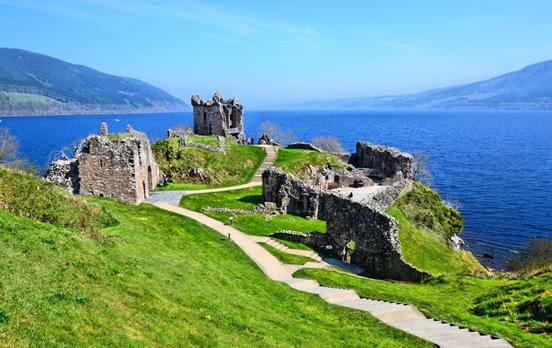




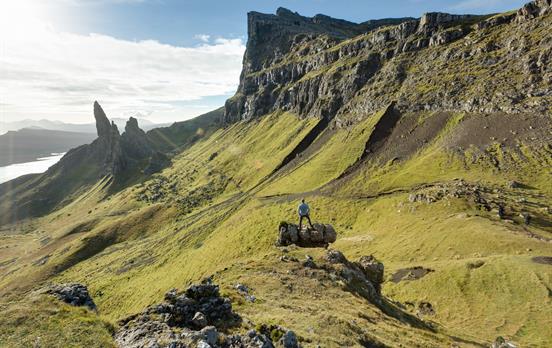
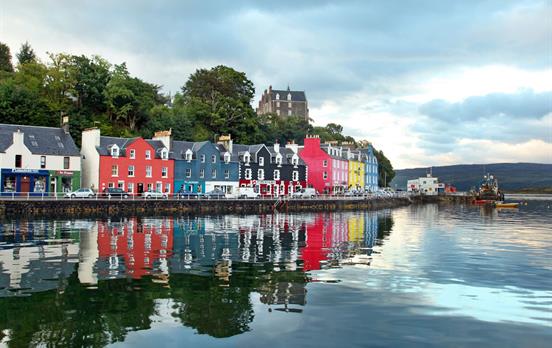
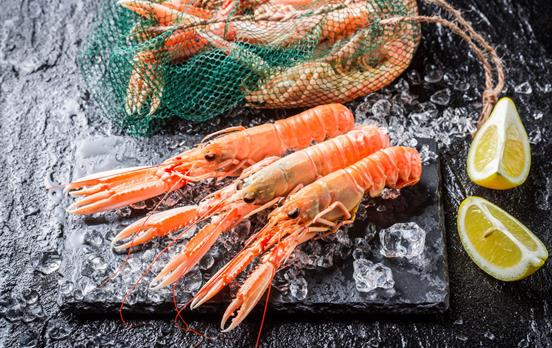
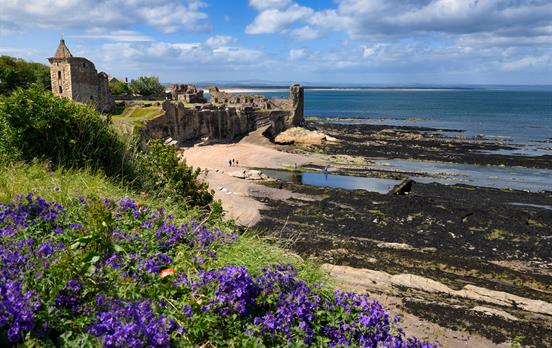
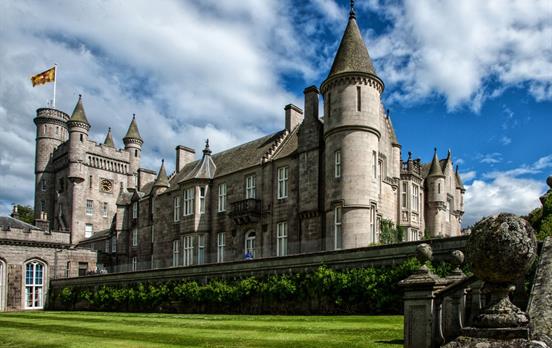

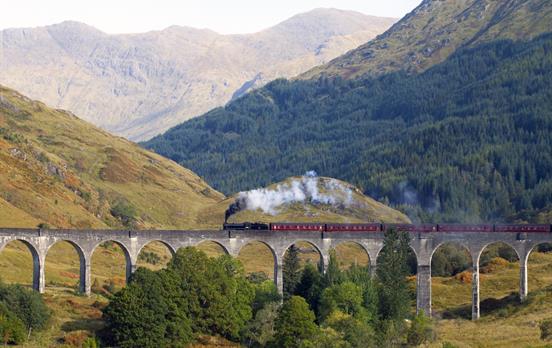
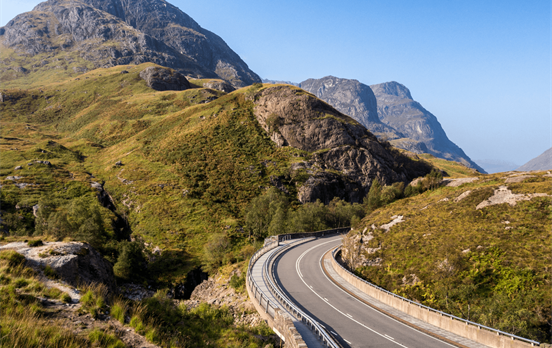

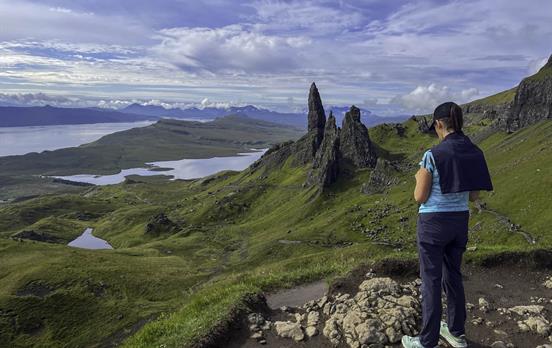
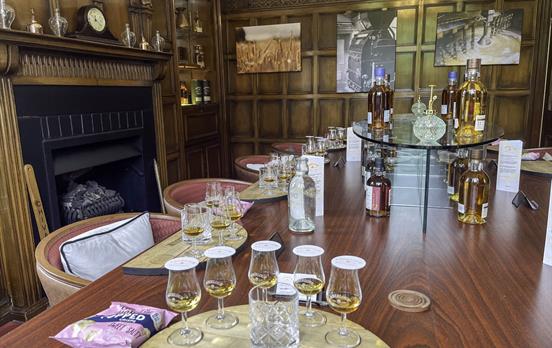
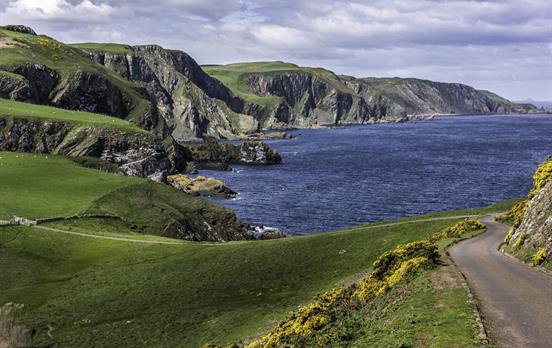
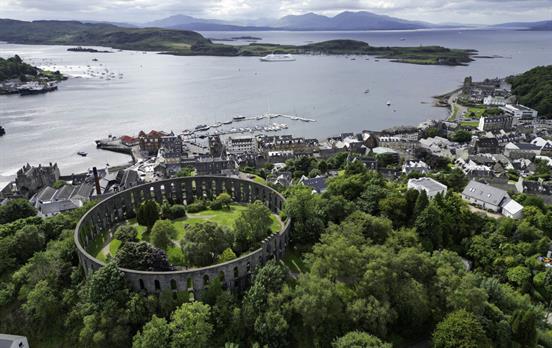

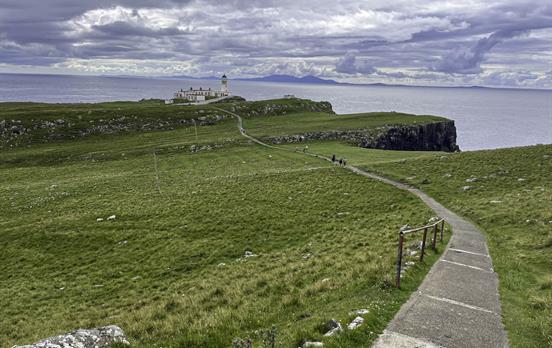

 Australia
Australia New Zealand
New Zealand South Africa
South Africa European Union
European Union